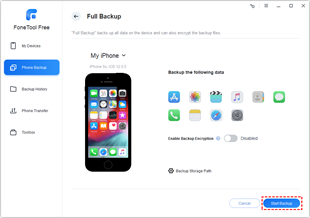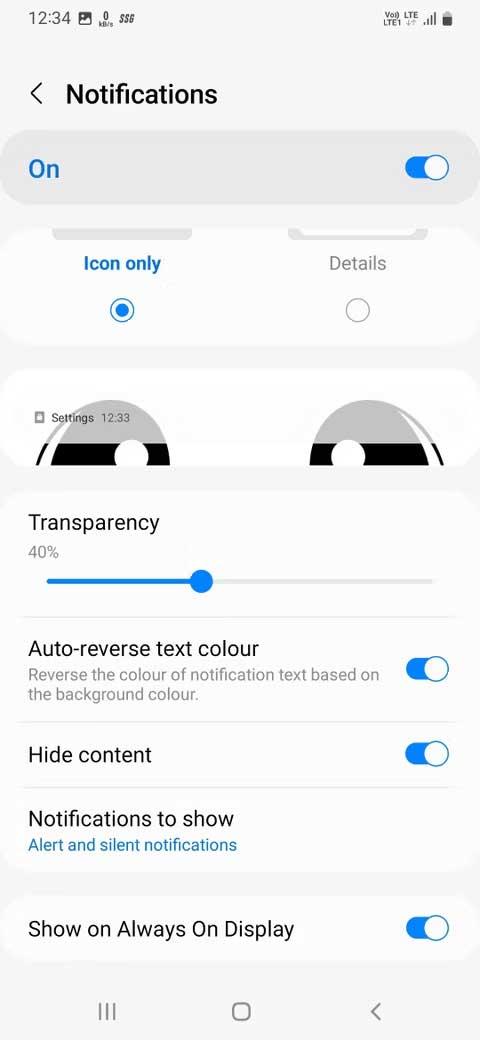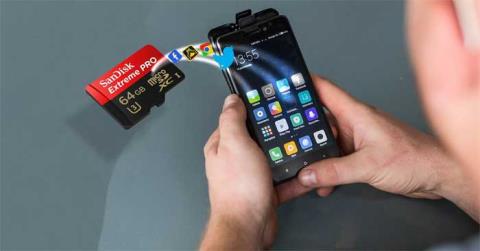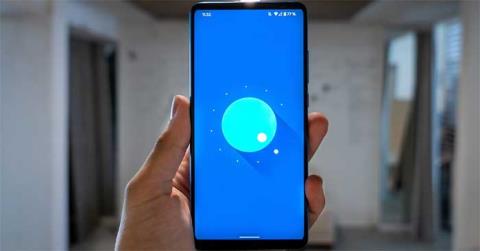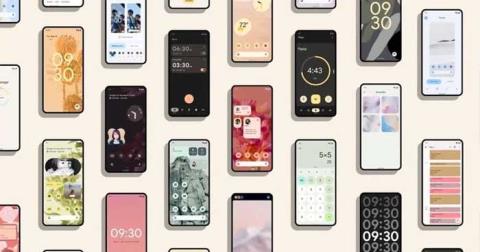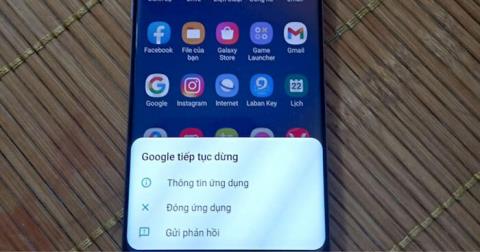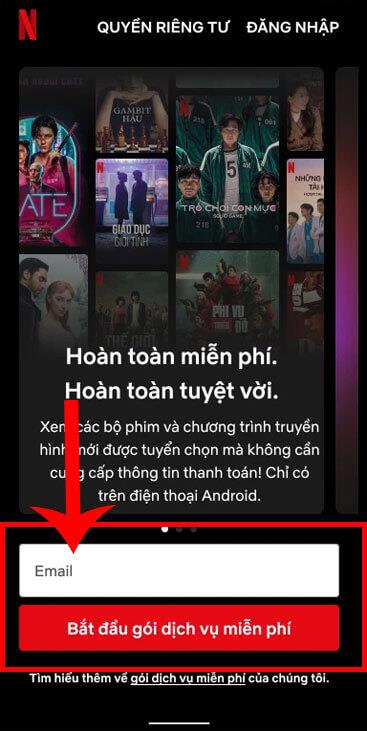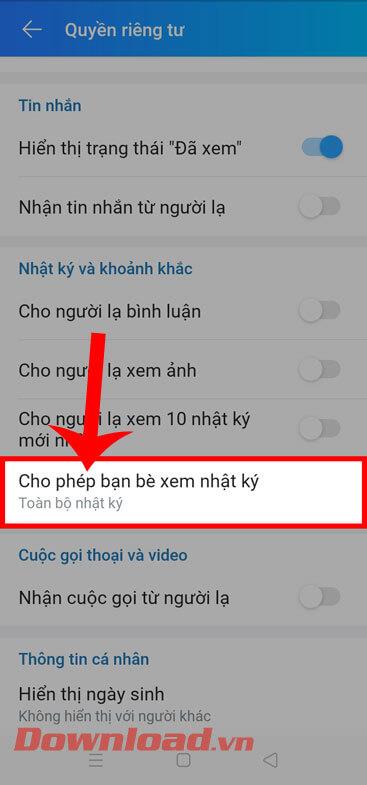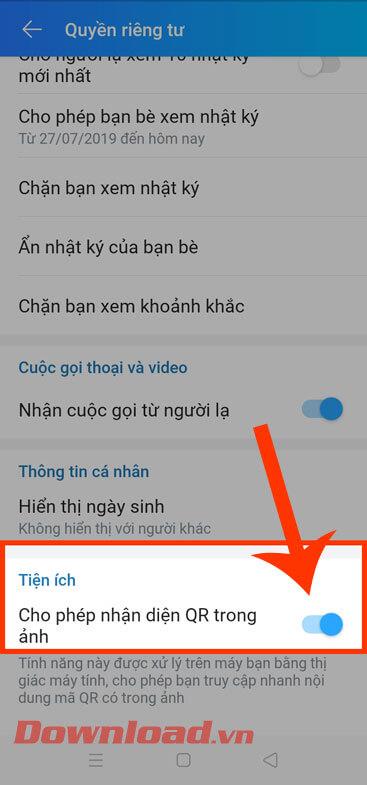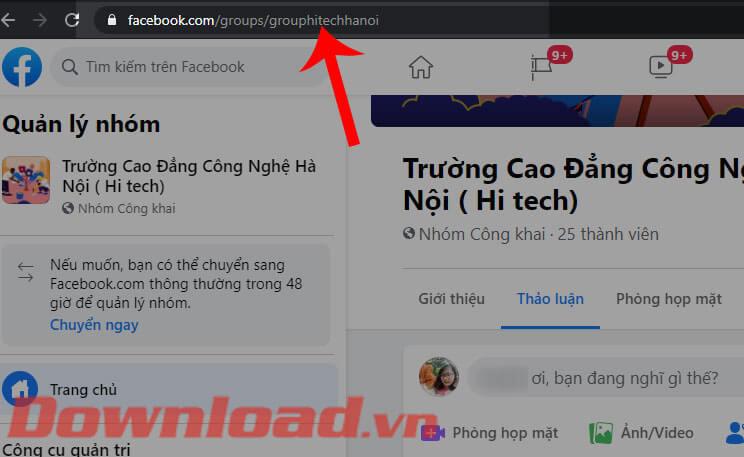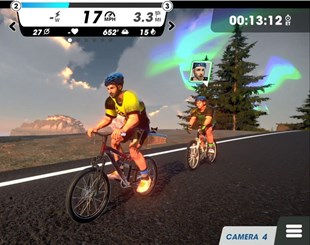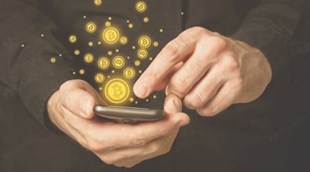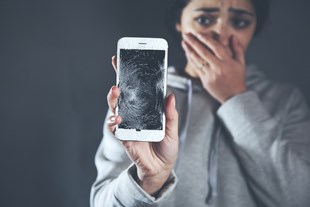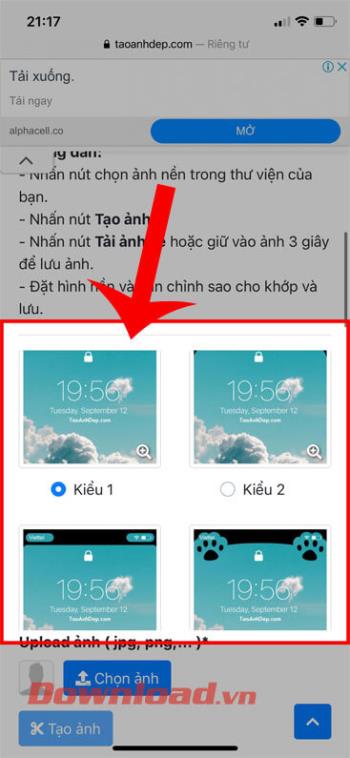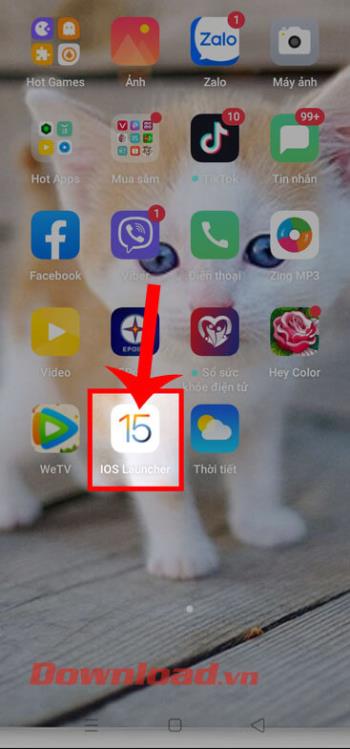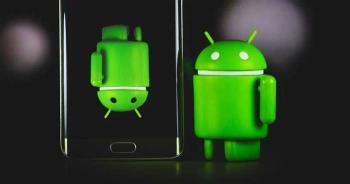Some Google services come pre-installed on the device while others you have to install yourself. They all drain your battery while "clicking" your data. Fortunately, users can limit the amount of data they share with Google and the amount of battery they use by uninstalling, disabling or reconfiguring them.
You cannot disable all Google services unless you are willing to root your phone and install a custom ROM. However, if you do so, you will face many risks. Instead, you can minimize battery drain and privacy concerns caused by Google's intrusive services. The following article will show you 7 Google services that cause the most battery drain and how to fix them.
1. Google Play Services
Many people don't even realize that their phones run Google Play services until it needs an update. This is an important application that works entirely in the background, providing a connection to Google that many other applications need to ensure proper functioning.
Google Play cannot be uninstalled unless you have root access. If you remove it, you cannot install new applications without third-party stores. While it can't be uninstalled, you can disable it by going to Settings> Apps and touching Google Play services . Then select Disable from the upper part of the screen. Unfortunately, not all phones can disable Play services.

Google Play services are virtually impossible to use and completely avoid sharing personal data. On top of that, there is no configuration setting in the Play service that limits data sharing. Each Google application must be configured to reduce the data you share. While many users may turn off many of the Play services permissions, that affects how the app works.
Reduce battery consumption
Of all Google software, the Play service drains your battery the most. But it was a two-edged sword. It also gives access to many of Google's software and the largest app store on the planet. And although you can't completely avoid some of the data collected by Google, you can reduce the amount of battery drain.

Users can disable account synchronization to limit energy consumption, but that option forces users to use manual synchronization. Enable manual sync as follows:
Go to Settings> Accounts . From the Accounts menu , touch the three horizontal lines in the upper right corner of the screen. Then uncheck Auto-sync data . From now on, your device will require manual synchronization of each application.
2. Google Now or Google App
The Google App is basically Google Search on your phone, although Google uses it to perform other tasks. Therefore, it really knows a lot about you.

On most devices, Google App cannot be uninstalled without rooting. However, it can be disabled. To disable Google App, go to Settings> Apps> Google App> Disable .
You can also restrict data shared by Google App by launching the app, touching the three horizontal lines icon at the top left of the screen to access the configuration menu. Then select Settings> Accounts & Privacy .

From Accounts & Privacy , you can check data tracked by Google. This includes the My Activity option , where you will find almost all of your online activity. Fortunately, you can delete a large portion of this data.

Reduce battery consumption
You turn off Google Now by launching the application and then clicking the menu button with the three horizontal icons . Next, go to settings and under the heading Google Now (or Google Assistant ), select Settings and switch the switch to Off .

3. Google Maps
Google Maps tracks users' location history even when they are not using the app. Most Android devices cannot uninstall Google Maps without rooting. However, you can disable it by navigating to Settings> Apps and selecting Google Maps> Disable.

To turn off location history, launch Google Maps and touch the menu icon in the upper left of the interface. Then select Settings> Google location settings .
Under Location service , select Google Location History and switch it to Off . From now on, Google will no longer track your every move.

Reduce battery consumption
Google Maps uses GPS navigation freely (for good reason), which can cause battery drain, especially if you open the app to search around. To turn on battery saving mode for Google Maps, go to Settings> Location> Mode> Battery saving. When turned off, of course, Google Maps navigation is no longer as accurate as using GPS.

4. Google Calendar
If Google Maps tracks your location, Google Calendar knows exactly what you are doing and when.

You disable it by going to Settings> Apps> Google Calendar and selecting Disable . You can limit the permissions required by Google Calendar. Unfortunately, most of those permissions handle the core functionality of Calendar. Once turned off, the application will no longer function as usual.
To access Google Calendar permissions, navigate to Settings> Apps> Google Calendar and select Permissions . From the menu, you can disable Phone and Location without causing any problems to the service. However, Contacts and Calendar access is indispensable for the functionality of Calendar.

Reduce battery consumption
You can force Google Calendar to use manual synchronization. To turn on manual sync, navigate to Settings> Accounts . From the Accounts menu , select Google and touch the account you want to modify. Turn on manual sync by touching the slider to the right of Calendar . However, when manual synchronization is enabled, you will not be able to receive notifications if you have not recently synchronized.

5. Google Photos
Google Photos is a great place to store photos and videos. You can disable it by going to Settings> Apps> Photos and selecting Disable .

If you've turned on photo uploads, Google has indexed (analyzed and can identify) the faces of everyone present in your photos, including strangers. You can turn off facial recognition by opening the Google Photos app and touching the menu icon. Then select Settings and touch the Face grouping slider in the Settings menu .

Reduce battery consumption
You can configure the photo application to upload photos only when connected to a power source. You can also prevent it from uploading videos and photos over a mobile data connection. This can greatly improve battery life.

To sync photos only when charging, launch the Photos app and touch the menu icon. Then select Settings> Back up & sync> While charging only , Videos and Photos under the heading Cellular data back up.
6. Google Hangouts
Google Hangouts may be less used when Allo and Duo are available, but many people still rely on it to make calls or use Google Voice.

You cannot uninstall Google Hangouts on most phones, unless you root it. However, you can turn this off by going to Settings> Apps> Google Hangouts and clicking Disable .
You can turn off usage statistics collected by Google by opening the Hangouts app and touching the menu icon and selecting Settings . From within the Settings menu , click the slider icon on Improve Hangouts .

There are not many ways to reduce Hangouts battery usage, or you can stop using the app. Some alternatives to Hangouts include Signal and Telegram . For computer users, the open source software Pidgin can run Hangouts and Skype without running Hangouts in the background.
7. Google Chrome
Google Chrome is the default web browser on most Android devices, so it knows every website you visit.

Go to Settings> Apps> Chrome and select Disable to disable it. Chrome collects a large number of usage statistics. You can opt out of this program by opening the Chrome app, clicking the vertical three-dot icon in the upper right corner of the screen and selecting Settings . From the Settings menu , select Privacy , then turn off Usage and crash reports.

Reduce battery consumption
Whenever you use Chrome, Chrome uses a battery. Although Chrome does offer Battery Saver mode , it still sends photo content to Google servers. The best way is that you use another web browser. Another great alternative is Firefox for mobile. Firefox provides most of the same features as Chrome without violating privacy.
The above article has shown you the top 7 Google services that drain the battery and some ways to fix some data and battery issues that you can consider to implement. to completely limit data sharing and improve battery life significantly, unless you no longer use any applications.
